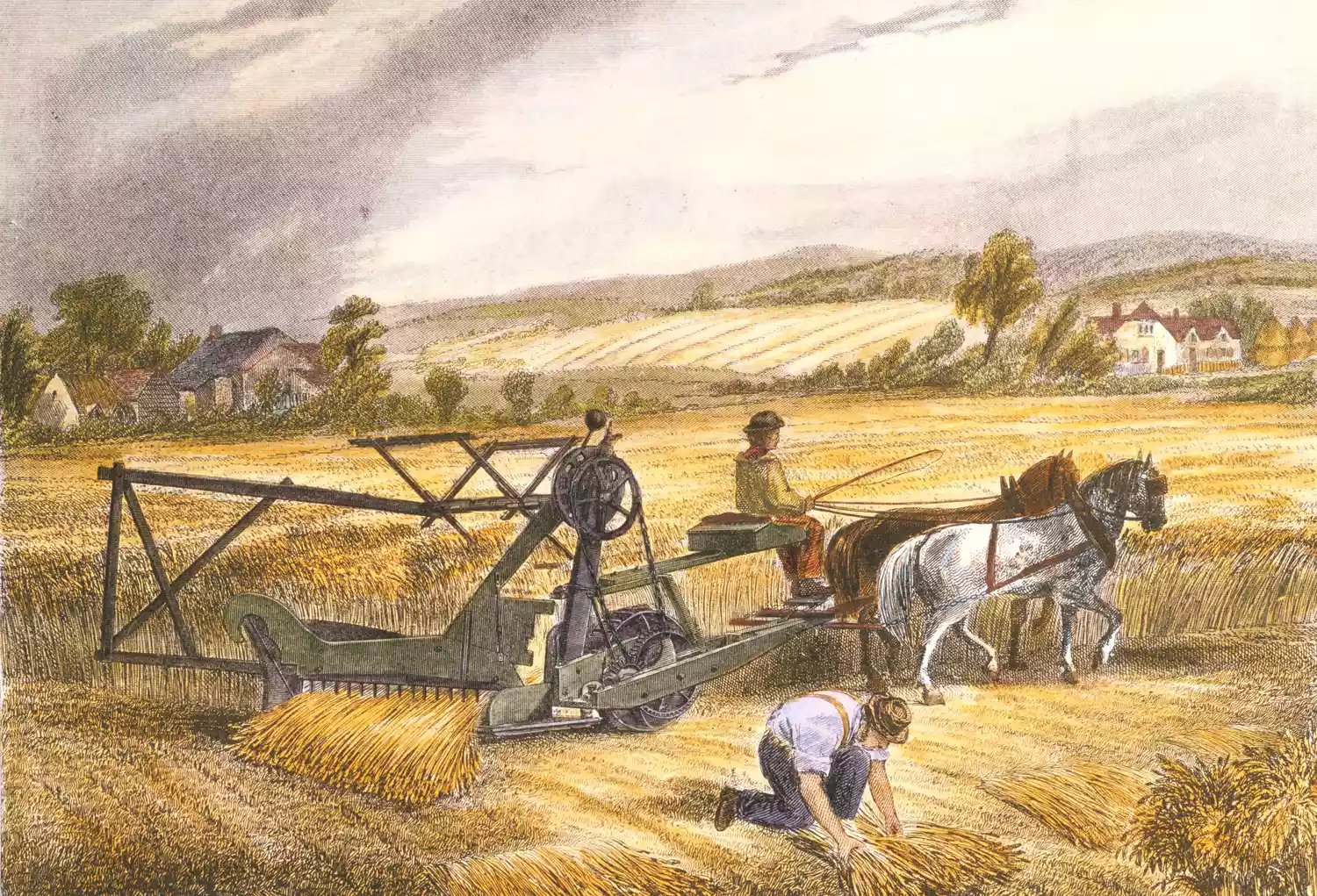Exploring the Benefits and Features of Modern Farm Swathers for Efficient Hay Cutting
The Importance of Swathers in Modern Farming
In the world of agriculture, efficiency and productivity are paramount. Among the diverse array of farm equipment, the swather stands out as an essential machine for farmers, particularly in the hay, grain, and forage sectors. A swather, also known as a windrower, plays a crucial role in the harvesting process by cutting and laying down crops in neat rows for drying before they are collected. This article explores the significance of swathers, their operational mechanisms, and their impact on modern farming practices.
Understanding the Swather
Swathers are specialized pieces of equipment designed to streamline the harvesting of various crops, including alfalfa, clover, and other grasses. The machine operates by using sharpened blades to cut the plants at their base. After cutting, the swather lays the crops in windrows—long, narrow rows that allow for efficient drying and easier gathering by balers or combine harvesters.
Modern swathers come in various configurations, including pull-behind models and self-propelled machines. Self-propelled swathers, equipped with powerful engines and advanced features, have gained popularity due to their versatility and enhanced productivity. They often include hydraulic systems that allow operators to adjust the cutting height and windrow width according to the specific needs of the operation.
Enhancing Efficiency
One of the key advantages of using a swather is the significant improvement in efficiency it brings to the harvesting process. Traditionally, farmers would rely on manual cutting methods, which were labor-intensive and time-consuming. The introduction of swathers has revolutionized this aspect of farming, enabling farmers to cover larger fields in a shorter amount of time with less labor.
farm equipment swather

Furthermore, laying down crops in windrows facilitates better drying. This is critical for hay production, as moisture content must be minimized to prevent spoilage. The windrow formation allows air circulation around the crops, accelerating the drying process, which ultimately results in higher quality forage for livestock.
Adaptability and Technological Advances
The swather of today is not just a simple cutting tool; it is a highly adaptable machine equipped with advanced technology. Many modern swathers are equipped with features such as GPS-guided precision cutting, which helps farmers optimize their workflows and minimize overlap, reducing wasted resources and improving overall efficiency.
Moreover, the integration of automation in swathers has introduced autonomous or semi-autonomous operational capabilities. These smart systems can operate with minimal human intervention, allowing farmers to focus on other critical aspects of their operations while the machine handles the harvesting process.
Conclusion
As agriculture continues to evolve, the importance of specialized equipment like swathers cannot be overstated. Their ability to enhance efficiency, improve crop quality, and adapt to technological advancements has made them indispensable in modern farming practices. Farmers who invest in high-quality swathers find themselves better equipped to meet the increasing demands of food production while maintaining sustainable practices.
In conclusion, the swather is not just a piece of machinery; it symbolizes the ongoing innovation and progress within the agricultural sector. As farmers embrace these advancements, they are better positioned to navigate the challenges of the future, ensuring food security and sustainability in an ever-changing world. As we move forward, the role of swathers will only grow more significant, paving the way for a more efficient and productive agricultural landscape.
Latest news
-
When to Upgrade Your Old Forage HarvesterNewsJun.05,2025
-
One Forage Harvester for All Your NeedsNewsJun.05,2025
-
Mastering the Grass Reaper MachineNewsJun.05,2025
-
How Small Farms Make Full Use of Wheat ReaperNewsJun.05,2025
-
Harvesting Wheat the Easy Way: Use a Mini Tractor ReaperNewsJun.05,2025
-
Growing Demand for the Mini Tractor Reaper in AsiaNewsJun.05,2025







